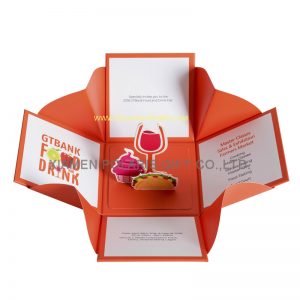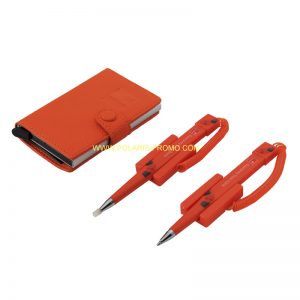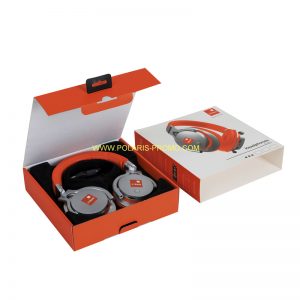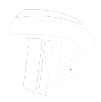Offset paper and use. Offset paper, also known as offset printing paper, is a kind of relatively high-grade printing paper, which is generally used for offset printing machine for book or color printing. Offset paper is divided into single-sided offset paper and double-sided offset paper, with super calendering and common calendering.
(1) raw materials and properties of offset paper. Offset paper is generally made of bleached softwood chemical pulp and appropriate bamboo pulp. When processing offset paper, filling and sizing are heavy. Some high-grade offset paper also needs surface sizing and calendering. Offset paper uses the principle of ink balance in printing, so it needs paper with good water resistance, dimensional stability and strength. Offset paper is mostly used for color printing. In order to make ink recover the original color, it is required to have certain whiteness and smoothness. Offset paper is generally used for printing picture books, color illustrations, trademarks, covers, interlinings, high-end books and volumes. In recent years, due to the improvement of people’s culture and living standards, books and materials are also developing to high-grade level. More and more books and periodicals are printed on offset paper. Due to the advantages of offset paper, such as whiteness, straightforwardness, flatness and delicacy, the characters of the books and periodicals are clear after the volume is made, and the books and periodicals are flat and not easy to deform. Compared with the bald edition and newsprint books and periodicals, the grade is particularly different, which is welcomed by readers and users. The number of books and periodicals bound with offset paper will increase in the future to meet the market demand.
(2) specifications of offset paper. The specifications of offset paper are the same as those of the previous two kinds of paper. For other specifications, please refer to the national standard gb147 size of base paper for printing, writing and drawing. The size error and skew shall not exceed ± 3mm. There are many kinds of quantitative methods for offset paper, generally 60, 70, 80, 90, 120, 150, 180, 200, 250G / m2. The offset paper used for printing books and periodicals is below 90g / m2, and the cover is between 70-200g / m2. Offset paper has the characteristics of straightness, smoothness and so on. It is easy to be bound and processed.
① any method can achieve a good clean effect when bumping the page.
②Any folding machine can achieve good folding effect, especially suitable for high-speed folding.
③ for offset paper books and periodicals, the design shall be mainly based on three folds or less (four folds shall not be designed). The best way is to fold it twice (over 80g / m2) and then cover it again, because the offset paper is thick and quantitative, and too many folds in the book post are easy to produce a zigzag fold or a dead fold that is not easy to stretch out, resulting in the uneven cut of the book and the unequal quality of the book core.
④ when the iron wire book is ordered with the same page number or thickness as the bare paper, the diameter of the iron wire shall be medium and large.
⑤ the viscosity of the adhesive is larger (thicker) than that of the bare paper, because the offset paper has large quantity, smooth surface, low viscosity (thin) and is not firm or falls off after sticking.
⑥ the hardcover book core of offset paper is not easy to be rounded and ridged, especially when it is pasted thick. Because of the slippage of the offset paper, it is easy to expose each book post after rounding, and the front mouth will appear ladder shape; when ridging, it is also caused by manual smacking, which makes the fold in the fold unable to be smoothed, resulting in defective products.
⑦ offset paper for books and periodicals is generally of high grade, so the cover material should be superior to the book core material to match the inside and outside of the book.





